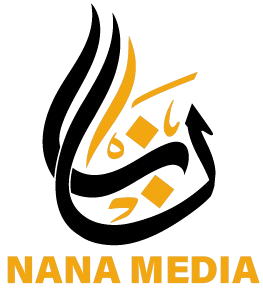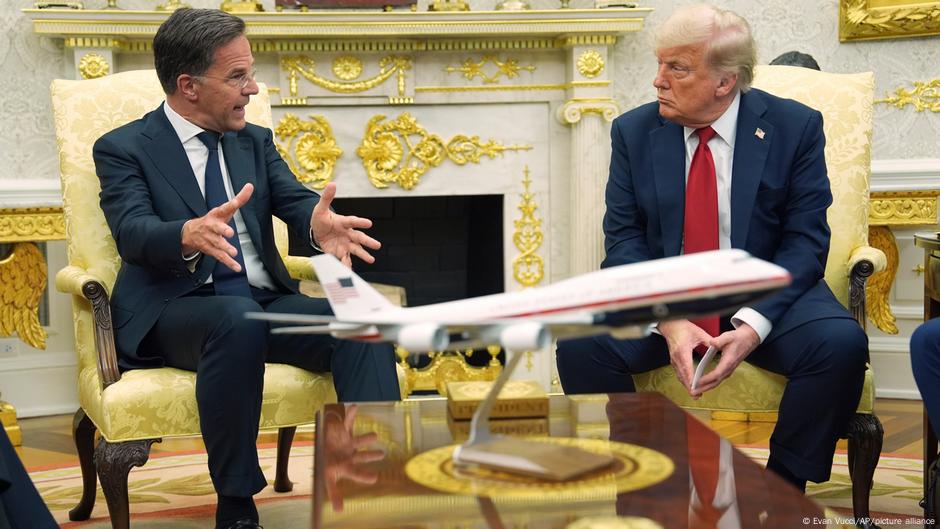US Threatens Russia with Sanctions
US President Donald Trump has announced new weapons for Ukraine and threatened to beat Russian exports with sanctions, unless Russia agrees with a peace agreement within 50 days. Trump, with NATO Secretary General Mark Rutte in the Oval Office on Monday, sat down to reporters that he was disappointed by Russian President Vladimir Putin. Therefore, he would send "billions of dollars" in weapons to Ukraine, including Patriot Air Defense Raksies, to defend his cities from Russian air frames.
Sanctions on Russian Exports
In addition, the US President Moscow threatened with secondary sanctions and said: "If we don’t have a deal in 50 days, it is very simple and they will be 100%." An official from the White House later said that Trump referred to sanctions to third countries that buy Russian exports. Such secondary sanctions have largely have a much more serious impact on the Russia’s economy than previously imposed measures that enabled Russia to continue to sell oil to buyers such as China and India.
Russia’s War Economy Faces Challenges
Western observers have been confused about the true state of Russia’s economy for more than three years. Sometimes it seemed to strap under the strain on the sanctions – others showed unexpected strength. In 2023, Russia’s gross domestic product (GDP) increased by 4.1% and 4.3% in 2024. The impulse, which is largely driven by the relocation to a war economy, now seems to disappear. Many economists expect Russia’s growth to be reduced in half and that only 2% falls.
Economic Slowdown
Even the Russian central bank expects a slowdown, the Russian news agency Interfax recently reported and adhered to its lower forecast of 1% and 2% for 2025 and 0.5% to 1.5% next year. The IFO Institute based in Munich is even more pessimistic and predicts that the Russia’s economy will end by 0.8% after a modest increase in 2025 in 2025. A large drag is the exorbitant high interest rate in Russia, currently 21%, which deviates private investments. The sectors for the auto industry and mechanical engineering are particularly hard hit, followed by construction and steel.
Impact of Sanctions on Russian Economy
The approximately 40% of the profit of the Russian currency ruble compared to the US dollar has surprised many analysts since the beginning of the year. According to Vasily Astrov, a Russia expert at the Vienna Institute for International Economic Studies (WIIW), Rubel’s appreciation was largely a reaction to the conciliatory attitude of US President Donald Trump at the beginning of this year. "When President Trump took office, he said that he would pursue a radical other approach in Russia than his predecessor Joe Biden," Astrov told DW.
New Sanctions Laws
Trump’s threat from secondary sanctions refers to punishments that are imposed on third parties, companies or people who do business with Russia. Trump Ally Senator Lindsey Graham and a cross-party group of US senators have now prepared legislation to expand sanctions against Russian energy products. The measure seemed to be eliminated in the middle of other priorities in the congress in the past few weeks, and when the White House applied for changes to the measure that would grant the US President more flexibility to impose sanctions.
Russia’s Payment Channels
According to President Biden, secondary sanctions were strictly enforced and violations were punished. Astrov notes that Chinese and Turkish banks in particular that accepted payments from Russia are under strong pressure from the bidges. However, the Trump administration changed politics by, for example, dissolving the department within the Ministry of Finance, which is responsible for the organization of the Russian oligarch and "massively facilitating" the enforcement of secondary sanctions. Large Russian banks had set up a netting payment system, which was referred to as "China track" for transactions with China in order to "reduce their visibility to Western supervisory authorities and to reduce the risk of secondary sanctions".

